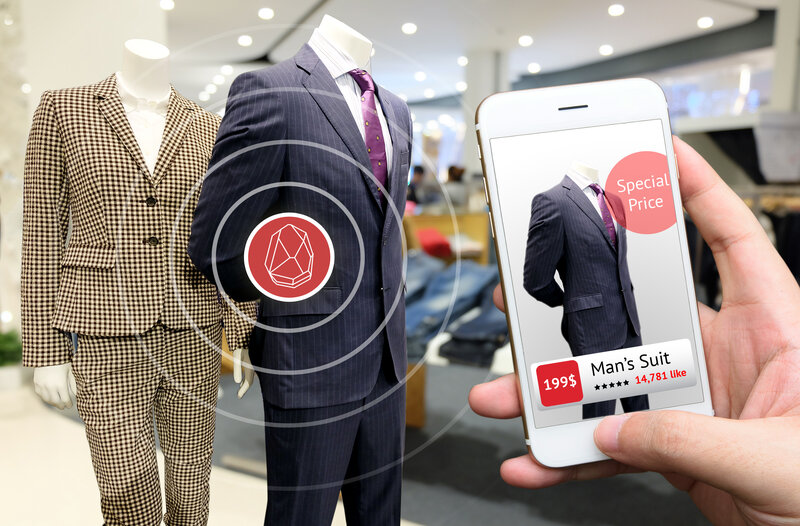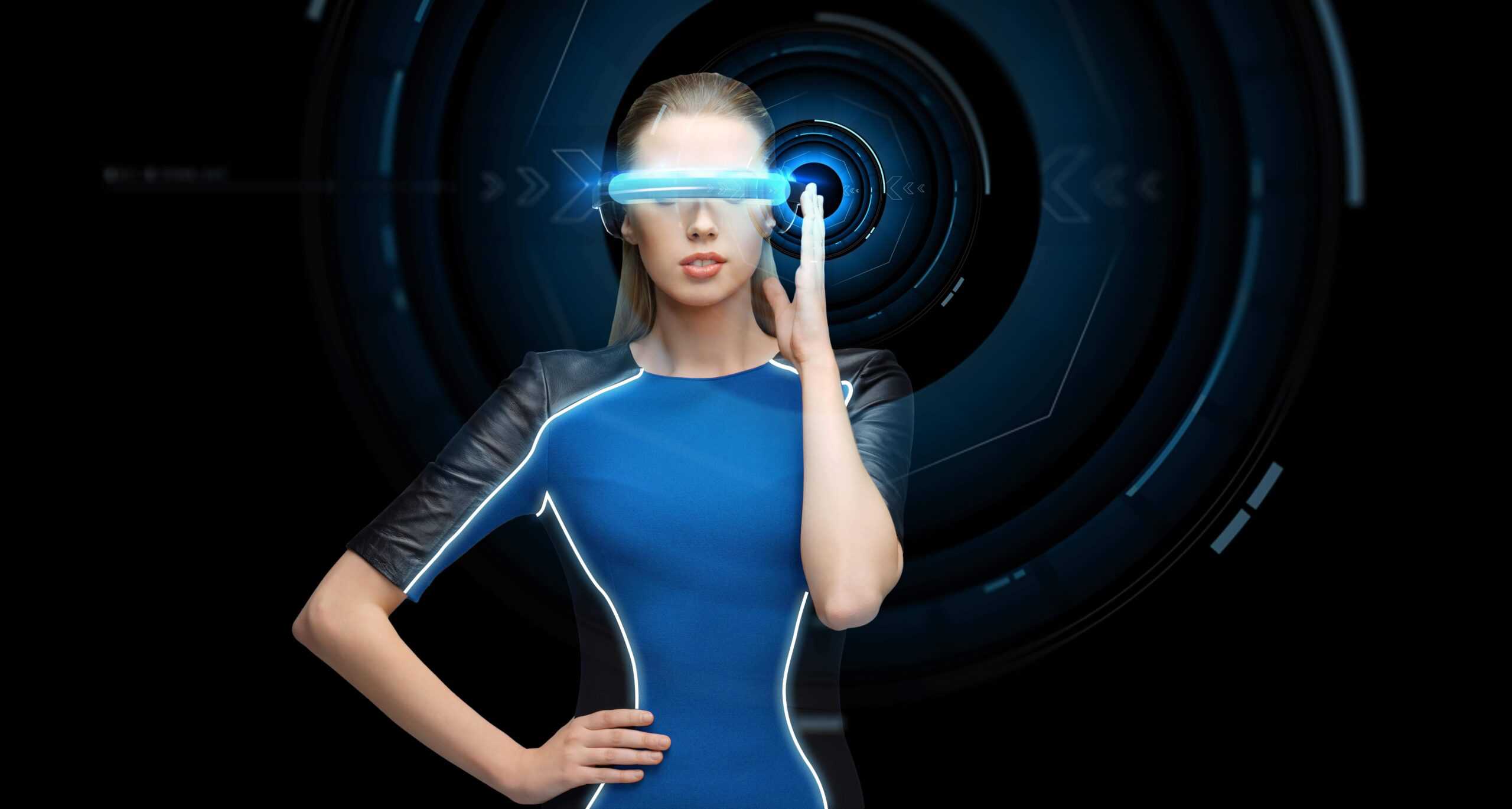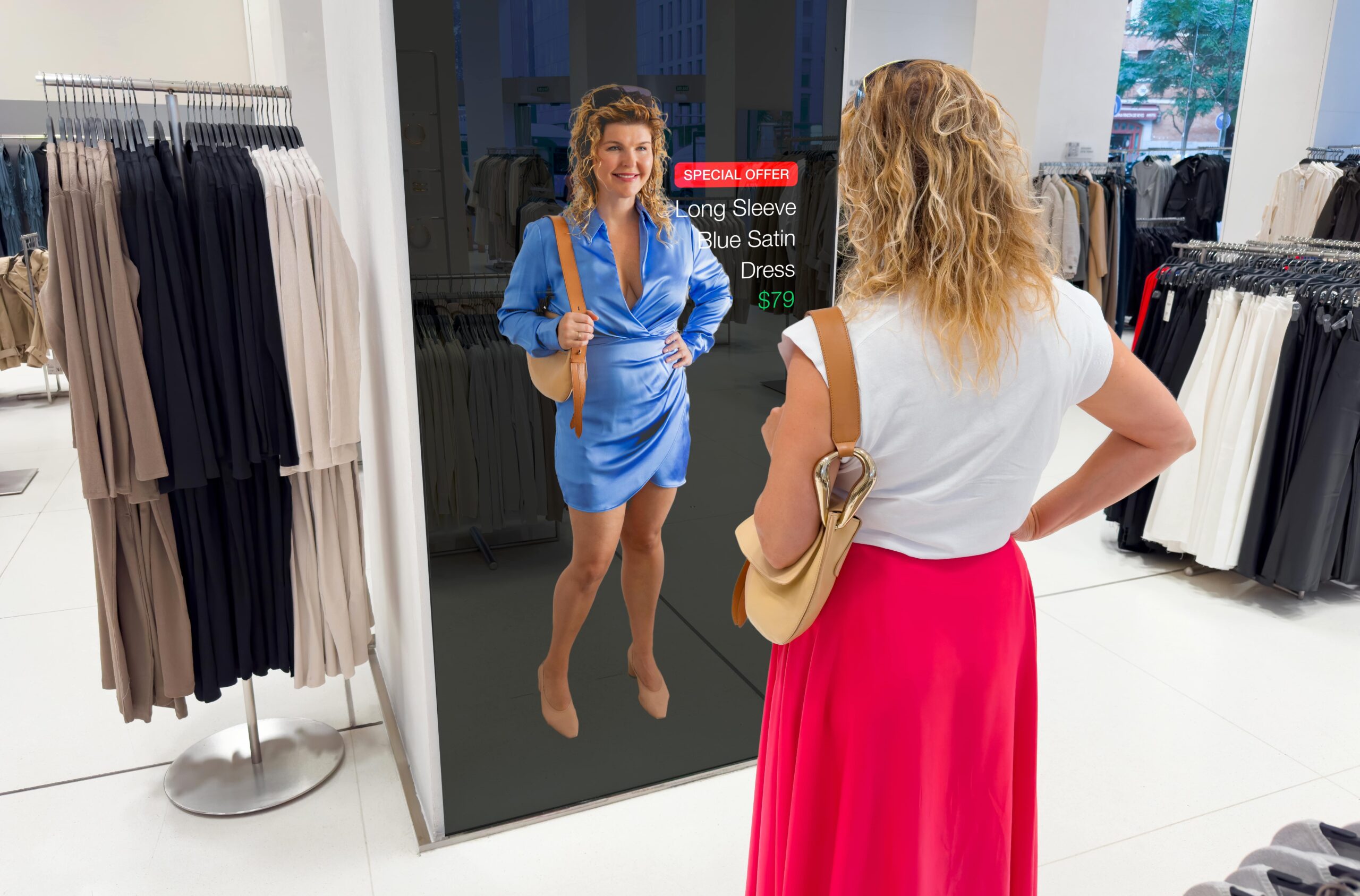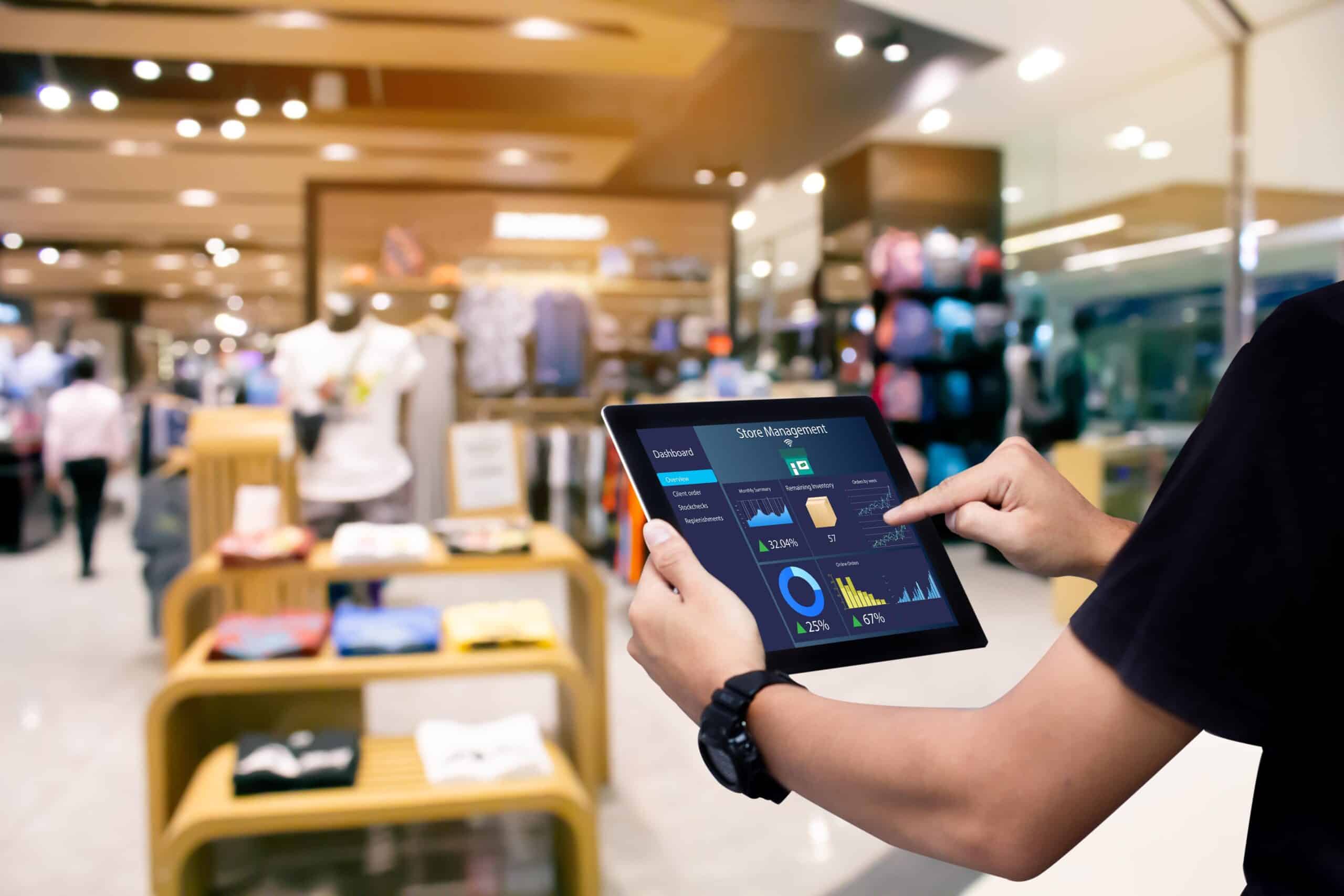Retailers are increasingly turning to AR to provide consumers with a more immersive, engaging, and convenient shopping experience.
Immersive technology has advanced considerably in recent years, finding useful new applications across industries. The retail industry in particular has taken rather well to this emerging technology, with brands increasingly using augmented reality (AR) to enhance the consumer experience by offering them a more immersive and engaging way to shop. The global augmented reality market in the retail sector is expected to grow from $1.5 billion in 2020 to $4.6 billion by 2026, growing at a compound annual growth rate of 20 per cent during 2021-2026.
The AR in retail market is driven by the growing adoption of intelligent AR-based solutions, as well as the ever-growing number of companies dedicated to developing mobile AR applications that retailers can use to attract new and retain existing customers. Competition is fierce so future-focused retailers turn to emerging tech that allows more engaging shopping experience and ensures new ways to reach out to their customers. Also, AR shopping tools allow shoppers to take a closer look at the item they’re about to purchase from the comfort of their home as well as in the store, thus helping them to make better-informed purchasing decisions.
Cutting-edge shopping experience: a virtual dressing room
Even though in-store shopping is an exciting experience, staying home sometimes seems like a better option. Soon, you won’t even have to set foot in a physical store to try something on. This is what Gap had in mind when launching its AR-based app called “DressingRoom by Gap”. Once you download the app, you can select your body type, out of five suggested options. An item you picked to try on will appear on your virtual mannequin. If you want to know how a certain outfit looks from different angles, all you have to do is to move your avatar around the room. Another cool feature is that you can also buy items directly from the app.
A British online retailer, ASOS, is another company introducing AR tools to their customers. In January 2020, the company launched the “See My Fit” app that shows clothing items on models of all shapes and sizes. This allows more inclusive and less judgmental shopping experience.”With this trial of See My Fit, we’re using the latest in AR [augmented reality] technology to put the power in our customers’ hands, so they can choose to view a dress on the model that they most identify with, in a way that wouldn’t be possible using traditional model-shooting techniques,” stated Tim Carey, senior content manager at ASOS Studios.
“As a plus-size bride, I always knew I’d be shopping online for my dress and because of the timeline, I didn’t have much time for alterations either. I was so scared something would arrive a month before the wedding and not fit or need to be seriously altered,” shared C. True Coleman. The bride-to-be learnt about ASOS and checked out its website that features the AR-powered tool. It maps dresses onto a model, allowing customers to see what an item looks on various body types and helps customers to buy clothes that fit best. “I got to view the dress on a model that had a body that looked like my body. It’s super rare for me to buy a garment online and it fits perfect. It’s always too small,” noted Coleman.
AR brings customers and brands closer through a virtual collaboration
Nike is one of the tech-oriented companies that always strive to achieve more. For instance, they launched an app called Nike Fit, which uses a combination of emerging technologies such as AR, computer vision, data science, artificial intelligence, and machine learning. The convergence of cutting-edge technologies helps users find the accurate size for any type of Nike shoes. The first step involves taking a photo of your feet using the phone’s camera, the app measures the length and width of each foot individually down to the millimetre by capturing 13 different data points. The measurements are then fed into a machine learning model that takes every detail of every shoe in Nike’s catalogue into account, including the materials and the lacing systems. Finally, the resulting data is compared against your personal preferences and the purchasing decisions made by people with similar-sized feet. This all creates virtual assistance in finding the perfect pair of sneakers.
The latest news from Nike Japan includes an interactive AR-based app that allows users to participate in designing their favourite sneakers during the pandemic. The company has created a black-and-white colouring book accompanied by an app. As you colour the sneakers, the changes are visible on the 3D AR app in real time. You can sign your design and submit it to Nike, or use your designs as animated videos you can post on social media. The idea, as Tim McDonell, group creative director at AKQA explains, was born amid the Coronavirus outbreak to bring quarantined people and the brand together.
“The best creativity is often born out of restriction. Building a meaningful brand experience for a creative audience gave us the kindling to create something unprecedented. The combined skill sets of our Tokyo and Shanghai studios helped Nike to capture the essence of Air Max in a whole new way and turn this opportunity into reality.”
Immersive tech helps you ‘find your shade’
Aveda, the global hair care company, has taken a similar approach by launching a new section on its website called ‘Find Your Shade’, which lets customers virtually try on different hair colours without having to dye your hair. Accessible through both mobile and desktop devices, the new feature uses augmented reality and smart algorithms developed by Perfect Corp. to overlay digital colouring onto customers’ hair, automatically adjusting to their natural hair colour and lighting conditions to produce a realistic virtual colour effect. There are 64 different hair colours to choose, as well as a ‘colour melt’ effect for an additional 30 shades. Barbara DeLaere, SVP global GM at Aveda emphasised that the company is satisfied with the new service they offer.
“At Aveda we pride ourselves on our customers’ ability to create the look and color they desire with our extensive range of shades. This technology and virtual try-on experience is a perfect way for our customers to get a feel for a style before committing to it in the salon chair, and we are excited to partner with Perfect Corp. and YouCam to make this experience that much easier and enjoyable for all.”
When it comes to tech in retail ‒ more is more
The new generation of the shopping experience is here. This is especially noticeable when it comes to immersive technologies such as AR. Its adoption among retailers has increased significantly in recent years. Whether it’s used to help consumers make better-informed decisions by allowing them to virtually try on products before buying them, or help brands foster loyalty among consumers by demonstrating a commitment to shared values, AR has become an indispensable tool in retailers’ marketing strategies. Retailers who want to stay relevant and gain a much needed competitive advantage will need to hop on the tech bandwagon or they might lose the tech race.




